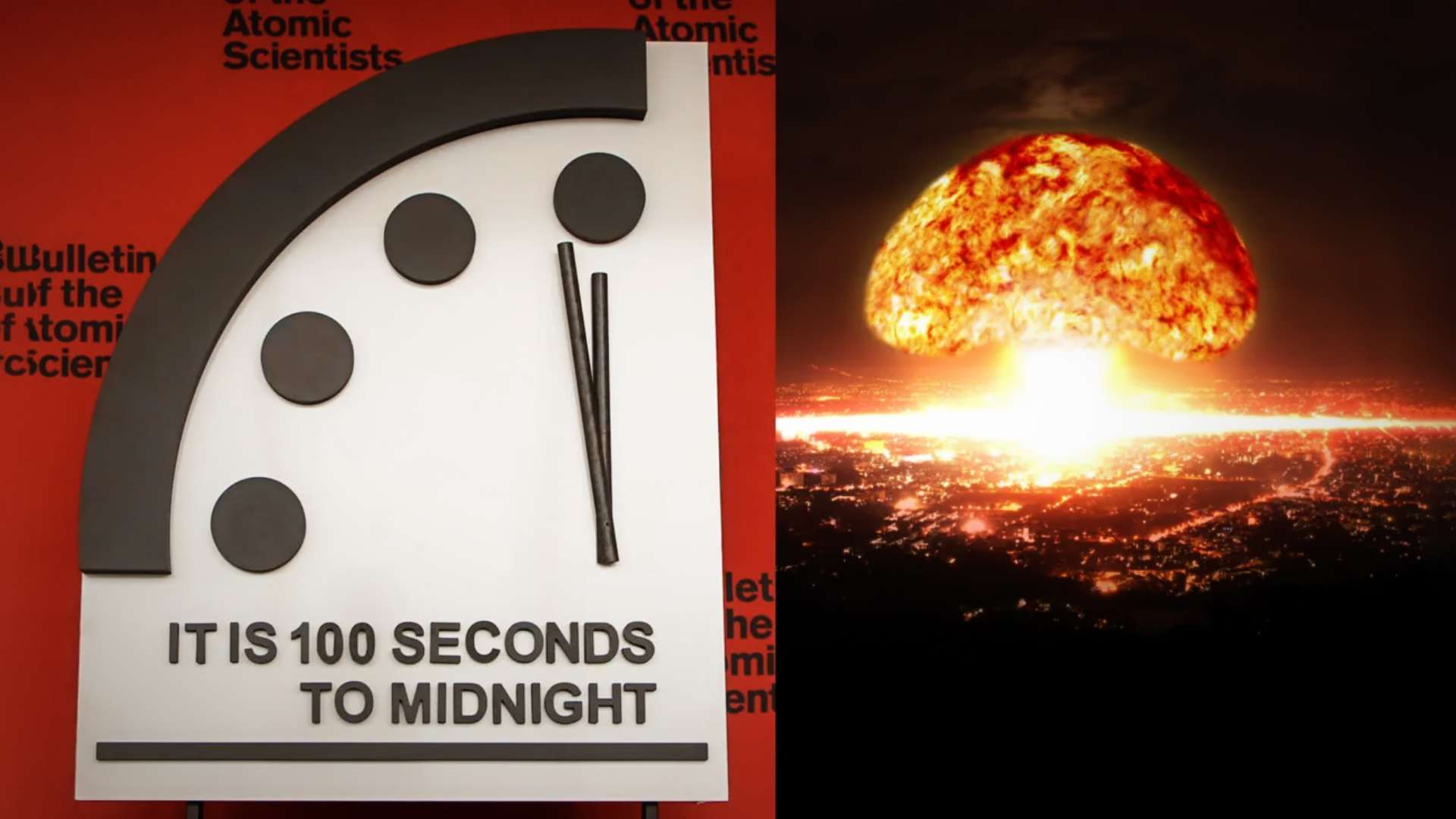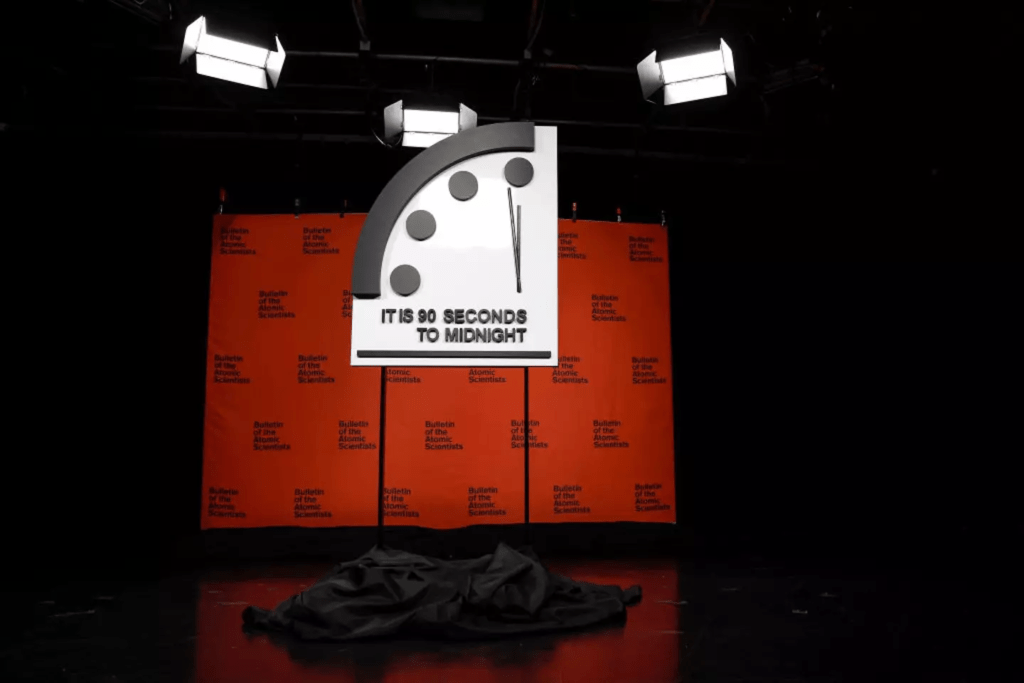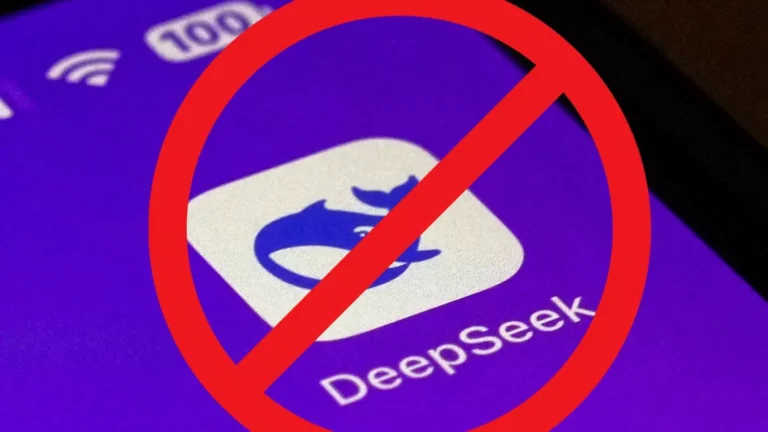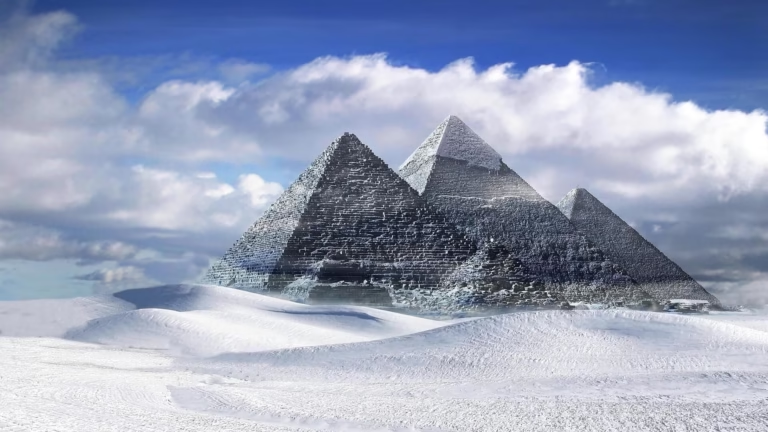Doomsday Clock Update: What It Means for Humanity in 2025 and Beyond

As January 2025 wraps up, there’s one more existential matter to contend with: the Doomsday Clock. While many are preparing for the end of the month, some are anxiously awaiting the clock’s annual update, which will determine how close humanity is to annihilation.
A Growing Concern: The Threat of Global Catastrophe
It sometimes feels as though every street corner has a person shouting about the end of the world—whether it’s nuclear warfare, rogue artificial intelligence, or climate change. The threats are numerous, and they keep growing, forcing us to reckon with the fragility of human existence.
One of the primary ways to track our imminent danger is the Doomsday Clock, a symbol created by some of the brightest minds in science. This clock, which has been updated regularly since 1947, reminds us of the ever-present risks we face. With the upcoming update on January 28, 2025, it’s clear that humanity might be closer to destruction than ever before.
The Origins of the Doomsday Clock
The Doomsday Clock was born from the minds of J. Robert Oppenheimer, Albert Einstein, and Eugene Rabinowitch, among others, following the devastation of the nuclear bomb. The Bulletin of the Atomic Scientists has been publishing updates on the clock annually since its creation. Over the decades, the clock’s setting has reflected the state of global security, most notably the threat of nuclear war.

But as global challenges evolve, so too has the clock. It now considers a range of dangers, from biological threats to the consequences of disruptive technologies like artificial intelligence.
The Clock Ticks Toward Midnight: Why 2025 Could Be a Critical Year
In 2023, the Doomsday Clock was set at a mere 90 seconds to midnight, the closest it has ever been. The upcoming update is expected to bring us even closer to the symbolic moment of global catastrophe. The reasons for this imminent danger are numerous and intertwined.
- Russia-Ukraine Conflict: The ongoing war in Ukraine has been one of the most destabilizing factors, contributing to a heightened sense of nuclear risk. The return of hostilities between nuclear powers brings us ever closer to catastrophe.
- Middle East Tensions: Another contributing factor is the escalating conflicts in the Middle East, particularly the ongoing struggles between Israel and Hamas, and the broader Israel-Hezbollah conflict. These regional conflicts have global ramifications, especially when nuclear weapons are involved.
- Political Shifts: The return of Donald Trump to the political scene is also seen as a potential destabilizing force. Given his previous stance on international relations and nuclear policy, many experts fear the unpredictability of his leadership.
In 2025, the Bulletin’s Science and Security Board will consider all these factors when determining the clock’s new time. The updated setting will take into account the proliferation of nuclear weapons, emerging technologies like AI, and environmental threats such as climate change.
What is the Doomsday Clock Really Counting?
The Doomsday Clock isn’t just about nuclear weapons—it’s about how close humanity is to the brink of destruction, regardless of the cause. According to the Bulletin, the clock’s time is shaped by an assessment of global security threats, including:
- Nuclear proliferation: As more countries acquire nuclear weapons, the risk of a catastrophic conflict rises. The clock reflects the ease with which humanity could push the button.
- Disruptive technologies: Artificial intelligence poses a potential existential risk, with rapid advances in technology creating unforeseen consequences. Could a rogue AI destroy us all?
- Climate change: The environmental crisis continues to deepen, threatening the planet and its inhabitants. From extreme weather to rising sea levels, the repercussions of climate inaction are far-reaching.
- Bio-threats: Pandemics, whether natural or engineered, have the potential to devastate humanity. The world’s exposure to biological risks is a factor that keeps the clock ticking.
A Cold Reminder: The Clock’s History and Its Evolution
The concept of the Doomsday Clock was initially set at seven minutes to midnight in 1947, shortly after World War II. This setting was largely influenced by the nuclear arms race between the United States and the Soviet Union. The clock’s setting in those early years reflected the high stakes of global tensions.
However, over the years, the clock’s position has fluctuated based on political agreements, such as the Strategic Arms Reduction Treaty (START) in 1991, which helped bring the clock back to a more hopeful setting of 17 minutes to midnight. But as history has shown, the danger is always just a few missteps away.
Shifting Threats and Changing Attitudes
In recent decades, the Doomsday Clock has moved beyond the realm of nuclear war. The rapid growth of technological capabilities and the threat of cyber warfare, artificial intelligence, and bioterrorism have all become significant concerns. According to Robert Socolow, an environmental scientist at Princeton University, nuclear weapons are still a very real threat.
“The nuclear threat is one that young people can’t believe their grandparents and parents lived with, but now their working assumption is ‘I don’t need to worry about it.’ But they do,” he warned. With modern terrorist organizations and unstable regimes like North Korea having access to nuclear technology, the global security landscape remains fraught with danger.
Social Media Buzz: How People Are Reacting to the Doomsday Clock Update
As the Doomsday Clock inches closer to midnight, the conversation has exploded across social media. People are sharing their thoughts, concerns, and predictions, reflecting on what this update means for humanity’s future. Here are some of the notable posts and discussions that have been gaining traction online:
- Twitter Post from @GlobalPeaceNow: “The Doomsday Clock update is tomorrow, and the tension is palpable. As the risk of nuclear escalation and AI instability grows, will we make it through 2025? We need global cooperation more than ever. #DoomsdayClock #NuclearRisk #AI”
Read More about Global Peace Initiatives - Instagram Post from @ClimateActionNow:
Image of the Earth in a climate crisis
“We can no longer ignore the ticking clock. The Doomsday Clock is a reflection of the climate crisis, AI, and nuclear threats all colliding. It’s time to act. 🌍⏰ #ClimateCrisis #DoomsdayClock #ClimateAction”
Learn More About How Climate Change Affects Global Security - Facebook Post by @FutureOfTech:
“Artificial Intelligence might be the key to saving humanity… or the reason we destroy ourselves. The Doomsday Clock update shows just how unpredictable and dangerous tech can be. Are we ready for this power? #AI #TechRisks #DoomsdayClock”
Explore the Connection Between AI and Global Security - TikTok Video from @NextGenVoices:
Video showing the ticking of a clock followed by scenes of global conflict and technology innovations
“The Doomsday Clock is closer to midnight than ever. Are we prepared for what comes next? We all have a role to play in shaping the future. 🌍⏳ #DoomsdayClock2025 #FutureReady #GlobalSecurity”
Join the Discussion on How Young People Can Change the World
Social media plays a vital role in spreading awareness, especially when it comes to global issues like the Doomsday Clock. Each post has sparked important conversations around the world, urging people to reflect on their roles in preventing global catastrophe. By raising awareness and participating in these discussions, individuals can amplify their voices and take action.
Why Does This Matter to You?
The Doomsday Clock might seem like a distant concept, something for politicians and scientists to fret over, but its implications are far-reaching for everyone. Whether you’re a social media influencer or a student, the decisions made by world leaders today affect the world we live in tomorrow. From AI regulation to the global arms race, each piece of the puzzle influences the fate of humanity.
As global tensions rise and new threats emerge, it’s crucial for individuals to stay informed and engaged. Whether you’re discussing climate change on social media or advocating for nuclear disarmament, your voice matters.
Want to learn more about how artificial intelligence could influence global security? Check out this article on AI’s role in international relations. Or perhaps you’re curious about the latest developments in the Israel-Palestine conflict? Follow this link for an update on the Middle East crisis.
Conclusion: The Fate of Humanity in Our Hands
As we wait for the Doomsday Clock to tick forward, one thing is clear: humanity’s future is uncertain. But this uncertainty should spark action, not despair. Whether through voting, educating others, or advocating for change, we all have a role in shaping the future.
In 2025, as the clock ticks closer to midnight, it’s up to each of us to work together to ensure that the countdown to destruction doesn’t become reality. Stay informed, stay engaged, and most importantly—act before it’s too late.
Featured Image Credit: Anna Moneymaker / Staff / Getty






